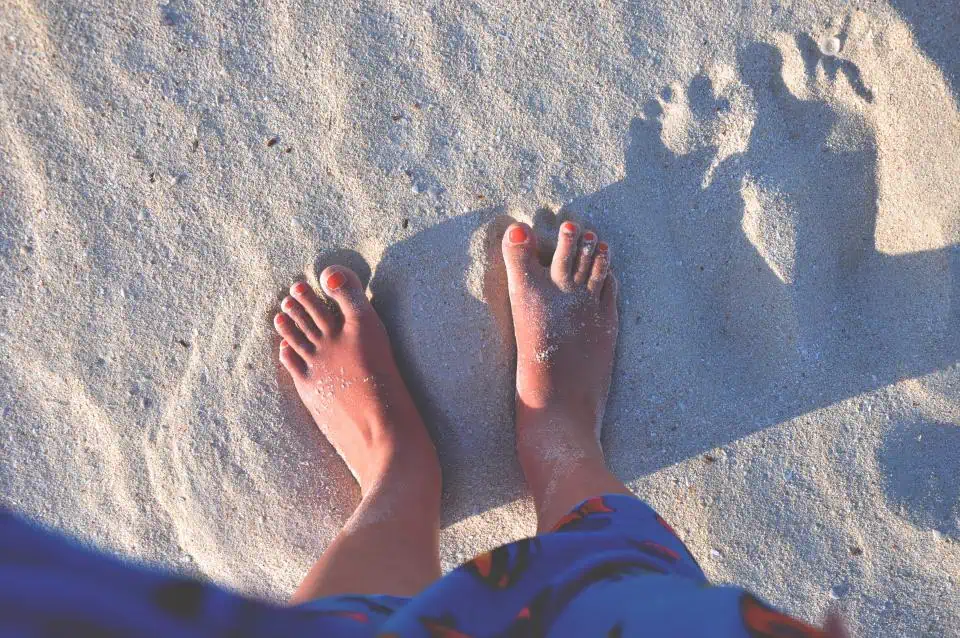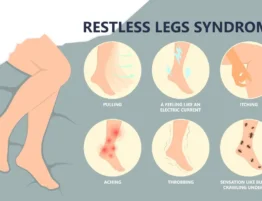

We all know living an active lifestyle is an essential component to being healthy. Whether you are a mega multi-marathon runner, an avid tennis player, a yoga instructor, or a mall walker, your exercise is an important part of your daily routine. However, this healthy lifestyle of yours is threatened when injuries arise in your feet, such as tendonitis. Tendonitis is common and painful, but there are ways to keep the tendonitis progression to a minimum.
Tendonitis progression can affect various muscles in the body, including the feet. Posterior tibial tendinitis, for example, is an inflammation of the tendon that runs from the inner ankle to the shinbone. Some symptoms to look for to determine if you do indeed have tendonitis are:
- Pain that increases when the affected area moves, such as when walking
- A cracking or grating feeling when the injured tendon moves
- Swelling
- Redness and heat from the affected area
- The development of a lump along the tendon
- Difficulty standing on your toes
- Pain on the inside of the foot or ankle
Tendonitis is a common injury, and is caused by the repetition of a particular movement over time. Though not as common, it may also arise after a sudden injury. Some of the risk factors which increase the likelihood of getting tendonitis are:
- Age- Tendons become less flexible and more susceptible to injury the older you get.
- Certain jobs- If your job consists of repetitive movements, awkward positions, frequent
- Overhead reaching, vibration, or forced extension you have a greater risk of hurting the tendon.
- Diabetes- Though experts are unsure why, people with diabetes tend to have a higher risk of developing tendonitis.
- Sports- The most common cause of tendonitis comes from sports injuries, especially in sports like running, swimming, basketball, tennis, golf, etc.
Whatever reason caused your tendonitis they all have the same risk: the injury is progressive and will worsen if untreated!
So, how do you stop this progression? The answer is simple, start treatment right away! Treatment options include:
- Rest, ice and elevation- these steps can often help alleviate pain.
- Platelet-Rich Plasma Therapy and AmnioFix Therapy– Anderson Podiatry Center has been doing these treatments to repair feet and ankle tears longer than anyone in the Rocky Mountain region.
- Custom orthotics– These are made by a podiatrist from a mold of your actual foot to help give you the best results.
- Surgery– If the tendon is torn too badly, surgery may be the best option.
Before starting any treatment, it is extremely important to have your injury properly evaluated. All too often people think they have tendonitis, when in fact they have a tendon tear. The huge problem with this is that the two injuries are treated differently.
Dr. Anderson of Anderson Podiatry Center explains the concern with this. He says, “People have been known to stretch a suspected tendonitis, as it’s recommended sometimes. If the tendon is torn it will damage it more.” He also says how with a mild tear surgery may be avoided with regenerative medicines like Platelet-Rich Plasma Therapy and AmnioFix Therapy.
Again, the earlier you get your tendon checked by a podiatrist the better. Podiatrists are able to determine the extent of the injury, and get you the care you need before your injury progresses any further.
Get treated, and get back to your healthy lifestyle!










Write a comment: